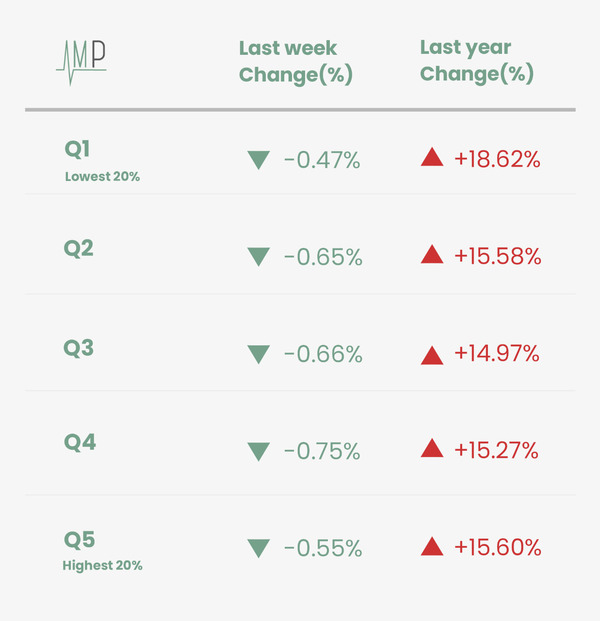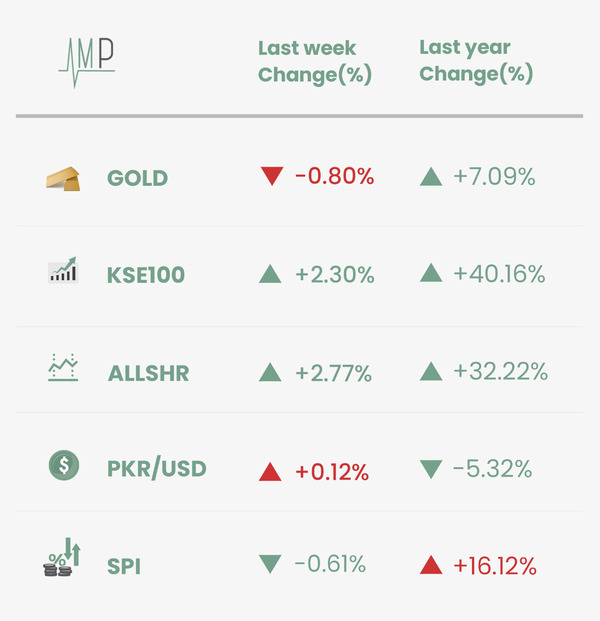We have discussed the state of education in Pakistan before and highlighted how literacy rates were well below comparable countries. The latest Pakistan Social and Living Standards Measurement Survey shows how the numbers have remained unchanged between 2014 and 2020. Literacy rates have been stagnant at 60% in Pakistan and actually dropped in Sindh in the last 5 years. With conversations on the upcoming budget underway, the federal and provincial governments should be making human development the primary focus. The expected demographic dividend in Pakistan will not come about until new entrants in our labor force are skilled and have high value jobs waiting to absorb them. For sustainable growth, it is essential to ensure that future generations are more productive and paid higher than previous ones. For that, improvement in education and other human development indicators, needs to prioritized above all else.
We have discussed the need for higher female labor force participation before. Unlocking the potential of women in the country can increase GDP by up to 30%! However, Pakistan lacks the broad based employment data that is required to make effective policy decisions. The last Labor Force Survey was published in 2017-18 and provides the only detailed employment data for us to analyze. According to that, while women make up 50% of our working age population, they only make up 23% of the labor force. At the same time, they make up over 30% of the pool of unemployed individuals in Pakistan.
Labor force participation and employment for females is low in Pakistan

Source: Labour Force Survey 2017-18
The pandemic taught us the importance of detailed labor statistics so that the state can help those most in need. However, with dated unemployment statistics and only vague forecasts available, we simply do not know who to make effective labor policy decisions for. More details on this in our upcoming video podcast, as we highlight the issues with employment in Pakistan. Do subscribe to our YouTube channel and let us know if you have any feedback.
KSE-100 continued its upward momentum, crossing and staying above the 48,000 level throughout this week. This is the first time in 4 years that this level has been reached. After rising almost 8% in the month of May, KSE-100 was up 2.3% in the first week of June. Interestingly, the ALLSHR index was up even more (+2.77%). Exchange rates remained stable, hovering between PKR 154-155 level. Gold prices fell slightly on Monday but remained unchanged for the whole week at PKR 111,800.

The annual change in Sensitive Price Index is down to 16.12% vs. 16.34% last week. Like last week, weekly inflation continued to fall, dropping by -0.61%. Drop in prices was experienced across all five quintiles. However, the middle class (Quintile 3 and 4) were the largest beneficiaries of lower inflation. The bottom 20% of the country continued to face the highest burden of inflation (18.62%). Main driver for falling inflation in last two weeks continues to be Chicken prices, which are down by 16.75% since last week. Chicken’s importance in the food basket meant that despite increase in prices of Tomatoes (+9.70%), Onions (+2.78%) and Milk (+0.81%), weekly inflation fell. There is upward pressure on inflation from LPG prices too but not enough to reverse the recent trend of falling prices.
What Else We’re Reading (Local)
- PSDP would be increased by 38% and growth will be higher, inclusive and sustainable by 2022-23 as part of Pakistan’s economic team’s game plan (Business Recorder)
- Never buy a growth story that is unaccompanied by reforms e.g. broadening tax and export base, increase in productivity and improvement in regulations (Dawn)
- Efficiency, transparency, accountability and coordination with the business community can help Pakistan reach USD 150 billion export potential (Tech Juice)
What Else We’re Reading (International)
- India and Pakistan have much to learn from their once-poorer neighbor Bangladesh as its GDP per capita rose by 9% in the last year to USD 2,227 (Bloomberg)
- US will donate 25 million shots of the vaccine to South America, Africa and South and South-East Asia in an attempt to battle fresh outbreaks (Financial Times)






